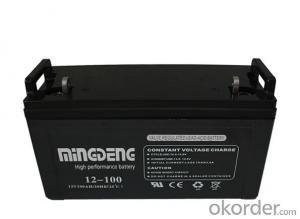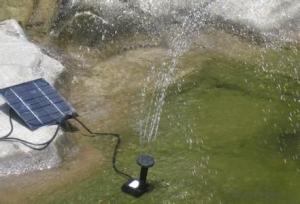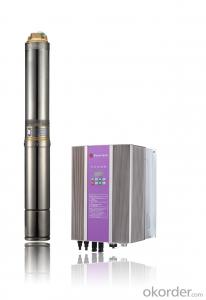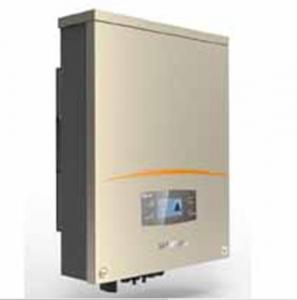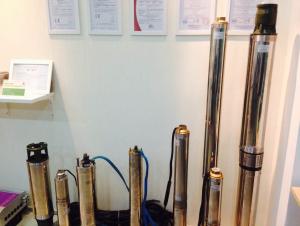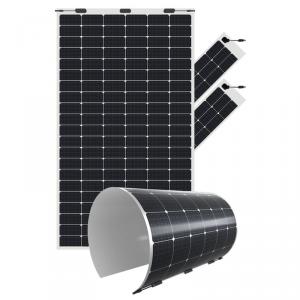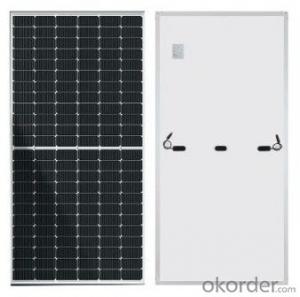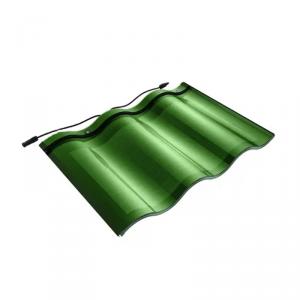Aeg Solar Inverter
Aeg Solar Inverter Related Searches
Aeg Inverter Solar Aeg Pv 2800 Solar Inverter Ags Solar Inverter Ae Solar Inverter Abb Solar Inverter Eg4 Solar Inverter Abb Solar Power Inverter Advanced Energy Solar Inverter Solaredge Solar Inverter Ac Inverter Solar Solar Abb Inverter Lg Solar Inverter Epever Solar Inverter East Solar Inverter Aims Solar Inverter Abb Solar Panel Inverter East Power Solar Inverter Solar Electric Inverter Afore Solar Inverter Solar Ac Inverter Abb Hybrid Solar Inverter Lg Inverter Solar Anern Solar Inverter Solar Solar Inverter Abb Solar Pump Inverter Eltek Solar Inverter Alpha Solar Inverter Solar Energy Inverter Eko Solar Inverter Inverter SolarAeg Solar Inverter Supplier & Manufacturer from China
AEG Solar Inverter is a range of high-quality solar power inverters designed to convert solar energy into usable electricity for residential, commercial, and industrial applications. These inverters are engineered to optimize energy production and ensure efficient power conversion, making them an essential component in any solar power system. The product line includes various models tailored to meet the specific needs of different solar installations, ensuring that users can find the perfect match for their energy requirements.The AEG Solar Inverter is widely used in a variety of settings, from small-scale residential rooftop installations to large-scale solar farms. These inverters play a crucial role in harnessing the power of the sun and delivering clean, renewable energy to homes and businesses. They are also utilized in off-grid applications, providing a reliable source of electricity in remote areas where grid connectivity is limited or non-existent. The versatility of the AEG Solar Inverter makes it a popular choice among solar energy enthusiasts and professionals alike.
Okorder.com is a leading wholesale supplier of AEG Solar Inverters, offering a vast inventory of these essential solar power components. With a commitment to providing high-quality products at competitive prices, Okorder.com ensures that customers can access the AEG Solar Inverters they need to power their solar projects effectively. Whether for a small home solar setup or a large-scale commercial installation, Okorder.com has the AEG Solar Inverters to meet the demand.
Hot Products











